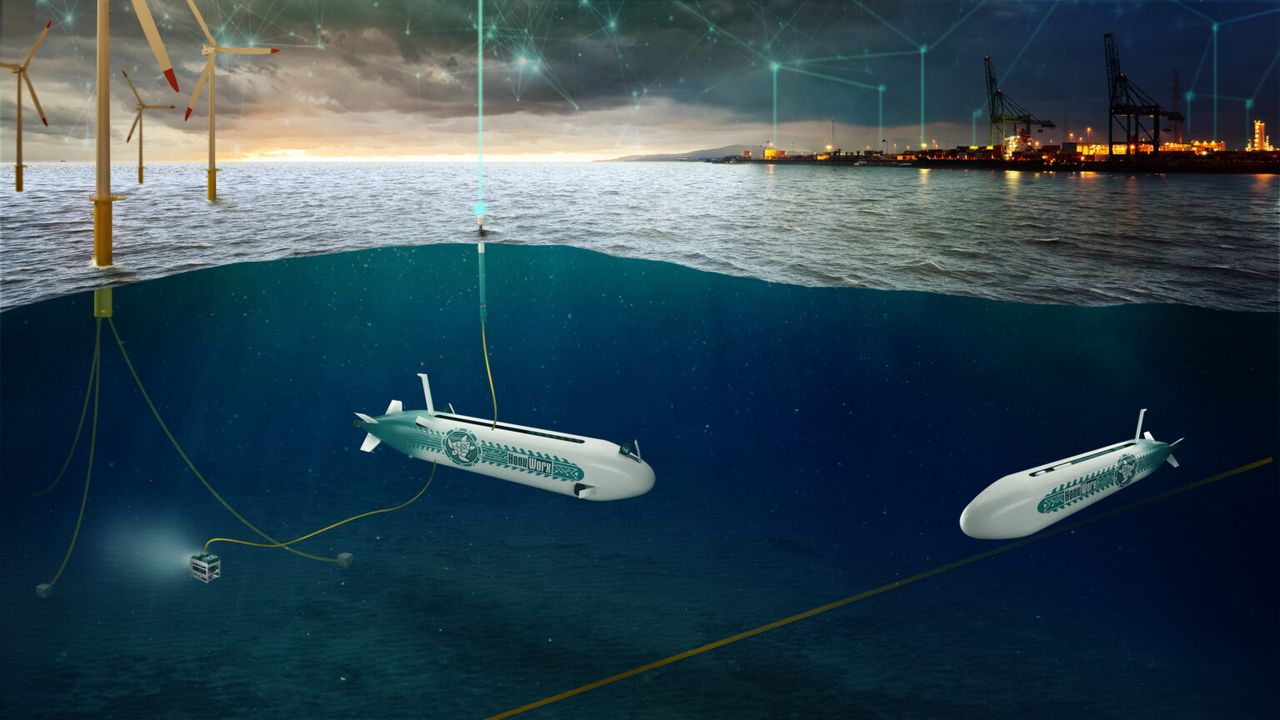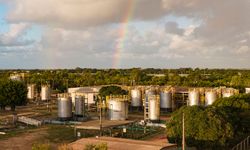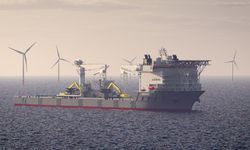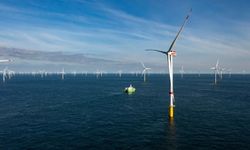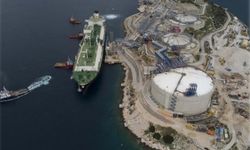HonuWorx, a remote robotics company from Aberdeen, is developing a fleet of all-electric autonomous submarines to serve the oil & gas, offshore wind, and defense sectors. With a target of 50 units, the company aims to secure 20% of the $3.2 billion global market for subsea inspection, repair, and maintenance (IRM) within the next decade.
The firm has already proven the potential of its Loggerhead system, deploying a remotely operated vehicle (ROV) from a fully autonomous, uncrewed mothership submarine—an industry-first. The Loggerhead system eliminates the need for fossil-fuelled surface ships, offering a cleaner, safer, and more cost-effective solution for subsea operations.
HonuWorx plans to raise £30 million (~$39 million) in investment in the coming months to build its first commercial pilot by 2025, with a goal of developing 10 submarines by 2030. Each Loggerhead unit can travel directly from port to work sites, such as oilfields or wind farms, using satellite communications. By replacing traditional vessels, the submarines could save emissions equivalent to 4,000 cars annually per unit.
“We are going to change the way the world works underwater,” said HonuWorx CEO Lee Wilson, emphasizing the company’s role in enabling sustainable subsea operations and accelerating the energy transition.
The Loggerhead concept was successfully demonstrated off Vancouver’s coast in December 2023, deploying a Seatronics VALOR ROV from a large autonomous underwater vehicle built by Cellula Robotics. Key industry partners, including TotalEnergies, Shell, and the Net Zero Technology Centre (NZTC), supported the project.
TotalEnergies praised the system’s potential to boost safety, lower costs, and support decarbonization efforts. Further field tests—including communications trials—were conducted at Fort William in July, confirming the submarine’s readiness for commercial deployment.
